The (Controversial) History of “Bittersweet Lolita”
Ask a group of lolita about”Bittersweet” and you are almost certain to get at least one person who vehemently dislikes the term, and you likely will get more than one definition of what it is.
The Origin of “Bittersweet”
Bittersweet is a term created by a user on EGL in 2008 as a personal term to define a subset of her own style. Here is an excerpt from the post, which basically sums it up:
Where the idea originated from:
Granted, after all these years that I’ve been into the lolita fashion (far too many, enough to see trends die and come back again), I own a grand total of what I consider 1 ‘sweet lolita’ dress (which I have kept for a few years now mainly because of fond memories attached to it). Though, I’m not sure if Meta’s Melody Special Set in Grey x Black also counts as sweet lolita… Besides that, honestly I personally can’t stand sweet lolita and have much distaste for it. I’d be caught dead wearing a frilly pink dress, because it’s just not me. This of course is not to be confused with disliking people who are into sweet lolita; I personally don’t like dressing in sweet colorful stuff.
Given that, most of my wardrobe is what i’d consider gothic lolita and/or kuro lolita. Most of it is all black. However, I’m the kind of person who also enjoys a classic floral print. I time to time enjoy less over the top things like, delicate fancy floral prints, simple designs on black or darker shades of plaid. But it isn’t exactly kuro lolita, nor would it be gothic per say (IE, Music note print on black is decently sweet, but definitely not gothic). Essentially, I became frustrated not knowing how to describe my lolita style to others and well I began calling this other sub category of mine: Bittersweet Lolita.
Explaining and Understanding Bittersweet Lolita
Bittersweet lolita, it means enjoying sweet prints on black, but also having a flair of goth/darkness behind it all. Or really just wearing prints on black is what started it all. Bittersweet lolita are for the ones who enjoy wearing black dresses detailed with elegant floral print, sweet print, etc. Bittersweet lolita is not over the top candy-fru-fru Angelic Pretty macaroon cup cake swirls makes me want to puke sort of style on black fabric. In a way you could say that Bittersweet lolita is a gothic lolita who also enjoys a bit of sweet, in tasteful moderate quantities. I guess much of this also stems from the fact that I myself am very ‘goth’ in terms of I enjoy goth fashion, dark themes, gothic architecture (haha!), goth industrial (and related genres of) music, macabre things, dark, sinister, sort of things…*coughs* i mean I also like high tea and cake, but i’m the kind of girl who would loving having tea at the Vampire Cafe.
So, there is a lot to unpack in there. I think we need to start by acknowledging that there is a bias here. The writer is dismissive while talking about and describing sweet and she equates it with vomit. I think that inherent bias against being associated with pink fluffy stuff which the writer clearly does not like was most likely the driving force behind picking a different name. After all, if someone was ok with sweet in general, they probably wouldn’t have felt the need to rename it when it was in a specific color. We don’t call sweet lolita in red or pink or yellow it’s own specific term, for example.
Reading this, I felt being gothic was something the writer really took to heart; to her, it sounds like it’s part of her identity; part of her personal view of her personality. Sweet is not. So calling what she is wearing “sweet” feels incorrect to her, because that’s not who she is. So, the term is partly this creation of a word to describe her personal style identity.
Now we know that the writer has been wearing lolita for a few years, and it’s 2008. So when she talks about not liking sweet lolita, we can assume we are really looking more at things from roughly 2005-2008. Here are a couple things from the 2006 AP Spring catalog as an example.
She also goes out of her way to mention “over the top candy-fru-fru Angelic Pretty macaroon cup cake swirls” which is likely a reference to Angelic Pretty’s emerging print style. 2008 was the year that gave us dresses like Wonder Party, Fruits Parlor and Dreaming Macaroon.
And she makes a really firm distinction that this stuff isn’t bittersweet when it’s in black, that’s not what her new term bittersweet is.
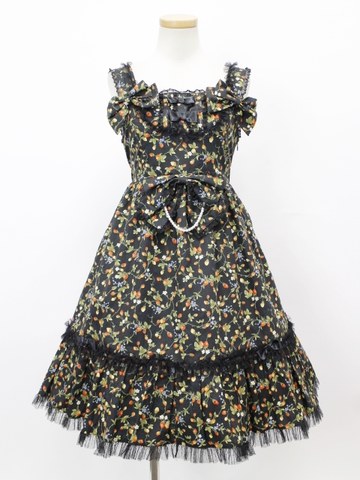
So, what is she talking about if she’s not talking about cute AP prints on black? Well, primarily she’s talking about older “sweet” print motifs like florals, berries and music on a black base. From a more modern stand point, a lot of what she is describing is stuff that might have been filed under “Sweet Classic” a few years later when that sort of transitional category term was popular. Which, also kind of brings up a side point; not every piece is firmly a single substyle. Some pieces can be styled into different substyles depending on how they are coordinated, and also, our definitions of what is or isn’t a particular substyle shift over time.
And if you are reading the above and thinking “that’s not what I thought bittersweet was at all” then that is a prime example of this.
Bittersweet was adopted, to some degree by the community, but as people adopted it, they defined it in their own way.
Creepy-Cute / Pastel Goth / Sweet Halloween
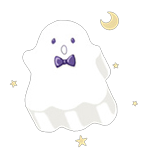
Roughly around 2012, there was a really big alt fashion trend of “creepy cute” in the western teen / young adult world. Creepy cute takes Halloween and spooky (aka spoopy) themes and reworks them in a cutesy way. So we see colors like lime green, orange, purple, black, white and pink either in brights or pastels, and then monsters, ghosts, candy, punk elements etc reworked to be kawaii. And like many other alt fashion trends, this bled into lolita, with people combining things like skeleton hand hair clips and bat-winged eyeballs with their cutesy AP prints. Kawaii-B has a blog post from 2014 about Creepy Cute that has some great photos that show what the style really was at that time.
Pastel goth is another alt fashion movement, and it’s slightly older than creepy-cute, I believe. There is a tumblr aesthetic wiki that dates it to 2010. Pastel goth is very similar to creepy-cute. It’s basically goth, but with pastels (frequently lavender or pink) mixed in. Upside down crosses, especially large plastic ones as earrings or necklaces and like, punk leather belt type accessories in pastels or black with heart motifs are the things that stick out in my memory as being like really associated with this style. And this, like creepy-cute, also bled into lolita, and influenced how some people wore lolita.
Sweet brands like Angelic Pretty and Baby the Stars Shine Bright have also released a number of halloween prints in the past 10 years or so that combine gothic themes with cuteness and pastels.
Now, when some people think of “bittersweet”, this is what they think of. Cuteness + “spooky” or “gothic” elements. So to those people. Bittersweet is the intersection between specific outside fashion movements, a Halloween or gothic theme, and lolita.
It’s interesting to note that while this specific aesthetic didn’t really exist (at least not at all to this degree) in 2008, we did already have the concept of guro lolita, which used white colored base pieces that frequently were “sweet” and added on the gore and blood. Because this was not specifically mentioned by the inventor of the term, I have to assume that Guro was not what the creator intended. Additionally, like guro lolita, menhera style also has a long history, though it’s popularity in the west has been more recent and it might not have been something the creator was familiar with at the time. That said, since they aren’t specifically mentioned even now when defining bittersweet, I’m going to assume it’s safe to say that neither style is considered to be part of what people define as bittersweet.
Pastel Cute Prints on Black
Frequently, when people talk about bittersweet, they really do mean pastel, OTT, angelic pretty prints in the black colorway, even though the creator of the term specifically said this is not what bittersweet is. But, terms evolve, and it’s far more common today to find someone describing this as bitter sweet than tiny fruit or floral prints, which, honestly, are more likely to be described as classic when styled less sweetly.
The Rejection of the Term
Looking back more than 10 years later, and as part of the discussion of this term and how it became a controversial part of the community’s vocabulary, I think it’s important to understand that because the term comes from a person’s bias against what was the prevailing style of the day, some people who really loved / love that style might have found the term to be dismissive or insulting. Personally, I struggled with writing this piece because I do have a pro-sweet bias and I have always though of the term bittersweet as being a pointless differentiation between sweet and… sweet in another color. So when I go back and I read someone speaking with disdain about what I love, my gut reaction is to reject what they are saying. And I didn’t want to do that; I didn’t want this to be a piece that mocked someone or made fun of someone for thinking differently than I do.
There is also this aspect of “not everything needs to be a substyle”. I’m sure everyone who has been in the fashion for a while has encountered one of those images with over a dozen different chibi lolita drawn out illustrating all the different “lolita substyles” including some that… don’t really exist. So, when someone uses a term like “bittersweet” or “book lolita” or “fantastic deco circus lolita”, there is also that sort of “ugh, not another substyle of a substyle” kind of reaction from some lolita as well.
At the end of the day, I think it’s one of those things where, while I wouldn’t really teach it as a lolita substyle in an intro to lolita fashion panel, I think if someone wants to describe themselves as wearing bittersweet or circus lolita or whatever else, while some of us might have a gut reaction to reject it as “not a thing”, I think at the same time, it’s one of those things that isn’t really hurting anyone, so why judge someone for it? That said, I do think that because this particular term has multiple interpretations and because people have charged opinions about it, it may not always be the most clear term to use.
General Tip: If you are a newer lolita and you are looking for a safe way to word things that isn’t going to result in judgement, using [word] themed plus one of the major substyles (Sweet, Gothic, Classic) is the best way to go, IMHO. For example “I like Halloween themed Sweet lolita.” or “I like Circus themed sweet and classic lolita” is less likely to raise eyebrows over “My favorite substyle is circus lolita”.
Have strong feelings about bittersweet lolita? Let me know in the comments below. Also, let me know if I made any mistakes in describing other styles here. I’m not into creepy or gothic styles personally, so I’m writing as a bit of an outsider here, so it’s totally possible I’m way off base.

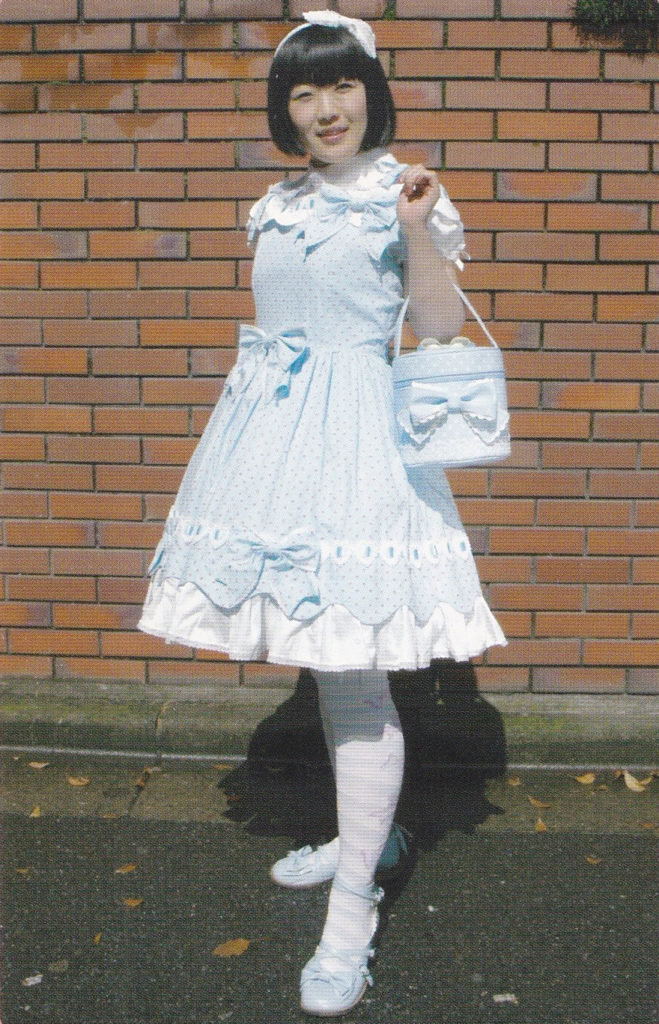
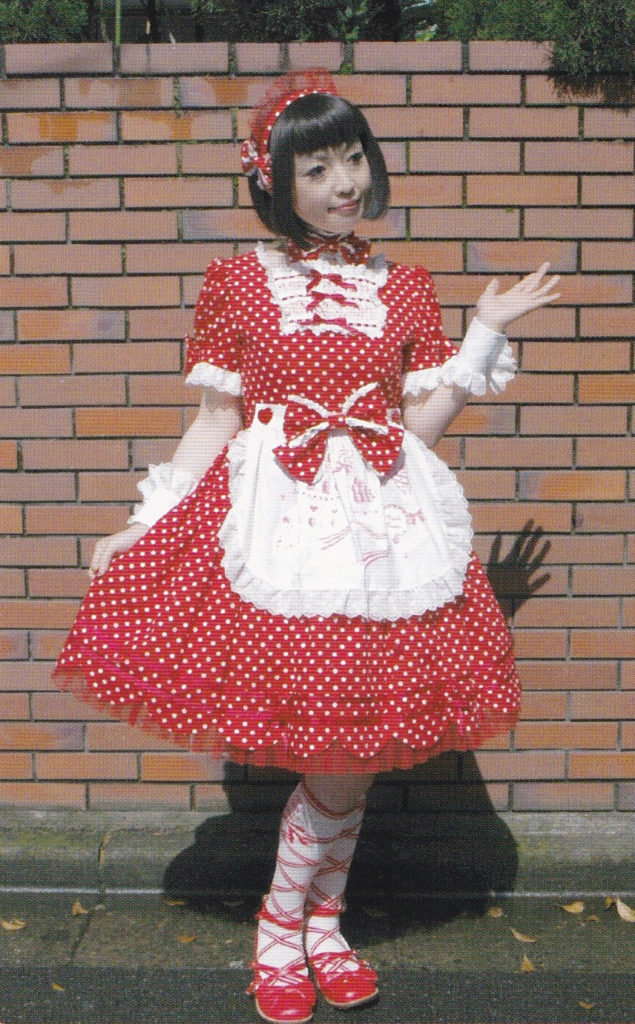
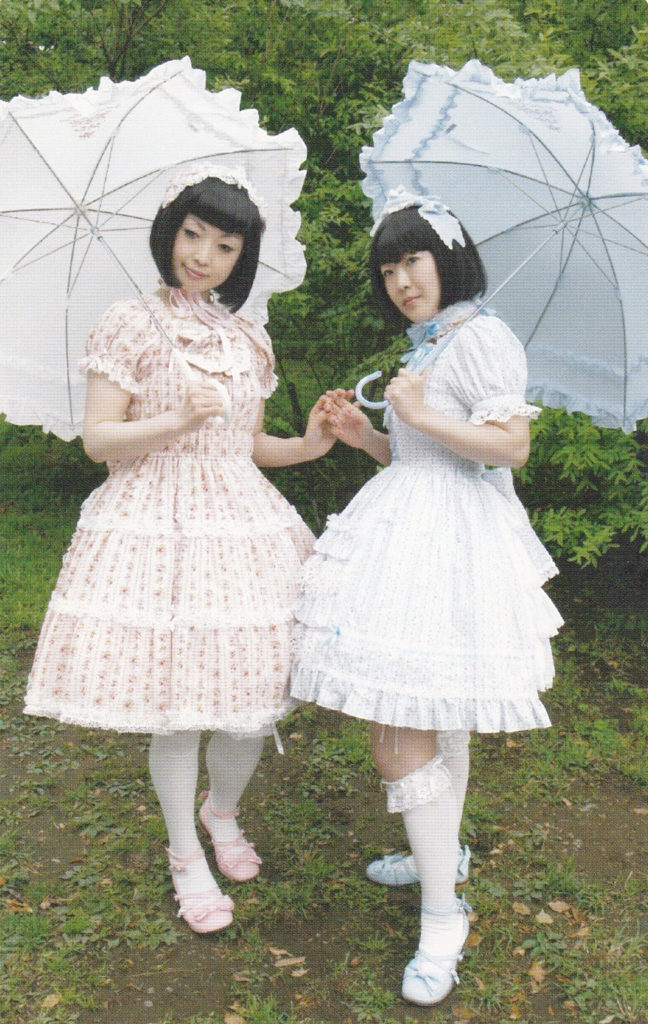
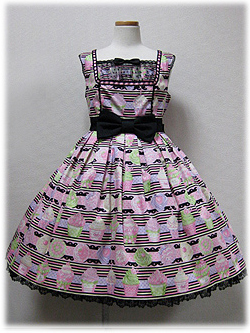
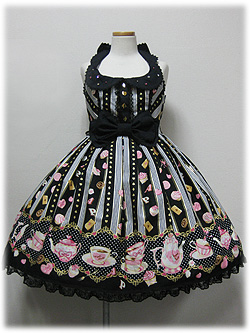

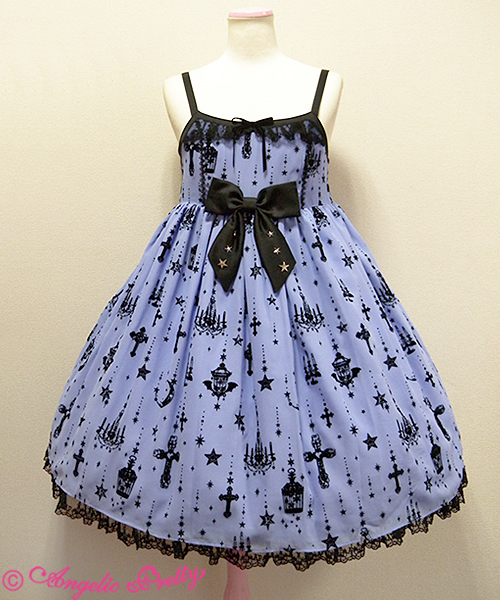
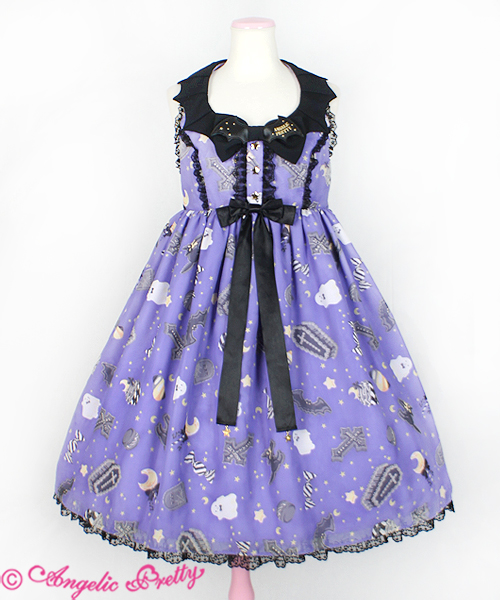
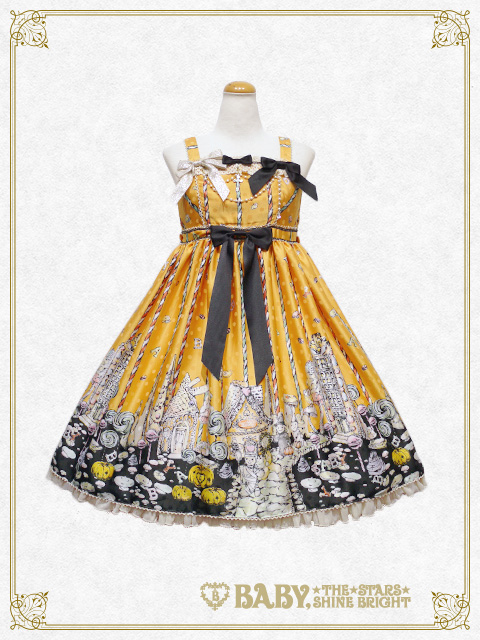


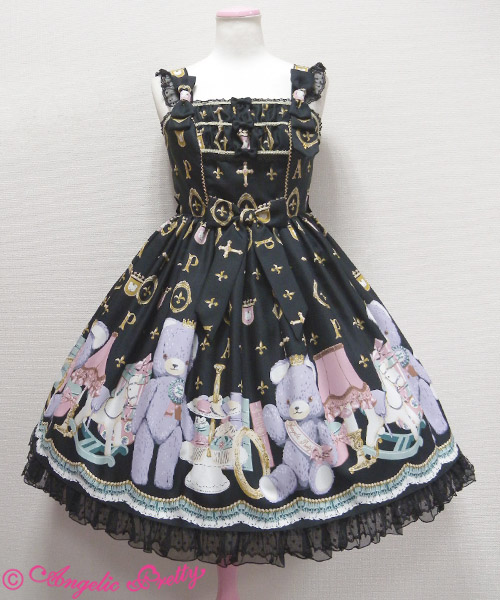
I’m not sure why you’d write “don’t judge, it doesn’t harm you” and then give a general tip on how to water down the labels. ??. “I like sweet Lolita with Halloween themes.” If bittersweet is the term they wanna use, they should be able to use it without judgement. (Down below is using the general you for any Lolita new and veteran.)
If the term describes their style, why give any fucks to what anyone else thinks? It lowers your vibration when you sit there and worry about what others think. Just be your authentic self and not someone who you think is acceptable in other Lolita’s eyes.
If the term bittersweet describes you and your style perfectly, use it. Not some watered down version of it. If someone judges you for it, that person is NOT for you. You’ll find your tribe and weed out the people who aren’t deserving of your presence.
Walk with confidence knowing you are wonderful just the way you are. And anyone who tries to stop you needs to be kicked out of your life—don’t need that negativity to drag you down.
That is my thoughts on labels and different titles of substyles within substyles. They’re not doing any harm to you, so dont judge others and just let it go. As soon as you judge, you lower your own vibration. You want to rise above, show love and compassion to others, not drag them down. I feel the Lolita community has a lot to learn in this sense.
Personally, I’m a really anxious person, and even though I personally don’t get upset about things like this, I can see how some people might find being judged for using the term bittersweet anxiety inducing.
And yes, we can say “don’t judge” and “don’t take it to heart if you are judged” but the reality is some people will still judge and some people will still take things to heart and be upset by it.
So basically, I just wanted to give people alternate, less controversial things they could use if the idea that someone might judge them was something they would personally be upset about. That’s all :3
I remember that the term ‘bittersweet’ started off as someone’s personal label, but I never really realised that they meant something different to how we perceive this look now. Given the context of the time, I feel like their definition probably suited the label itself a little better? Granted, I’ve never been a fan of that particular look (i.e. sweet prints in black colourways), so there probably is a bias from me as well. Having said this, since it’s not a look that I personally like, I care much less how people describe it. Want to call it bittersweet? Alright. Prefer to say sweet print style in black? Cool with me. Going with X-themed substyle of lolita? Sure! I guess in this day and age a short label helps people tag their photos on social media and easily find other content like it, so I can see why the term bittersweet withstood the test of time, despite many lolitas rejecting it. And it would be interesting to find out whether there is a correlation between accepting/rejecting the label and one’s preferences in lolita substyles, i.e. is there a bias.